Perched high in the Apuan Alps of Tuscany, the marble quarries of Carrara have been a source of wonder for centuries. On my recent visit, I stood in awe watching skilled workers extract massive blocks of pristine white marble using diamond wire cutting technology. The extraction process in Carrara combines ancient traditions with modern methods to harvest the world’s highest-quality marble. This is the same material Michelangelo used for his masterpieces.
The landscape of these quarries is almost otherworldly. As I explored the terraced mountainsides, the contrast between the stark white marble and the blue Italian sky created a scene that looked more like a snow-covered peak than an industrial site. The quarries themselves have been in continuous operation since Roman times, with the fine-grained Carrara marble becoming the preferred medium for sculptors and architects throughout history.
What surprised me most was the scale of the operation. Massive blocks weighing several tons are carefully cut from the mountain using precision techniques. Workers navigate the steep terrain with impressive skill, continuing a craft that has defined this region of Italy for generations.
If you visit Tuscany, don’t miss the chance to witness this remarkable process that connects modern Italy to its artistic heritage.
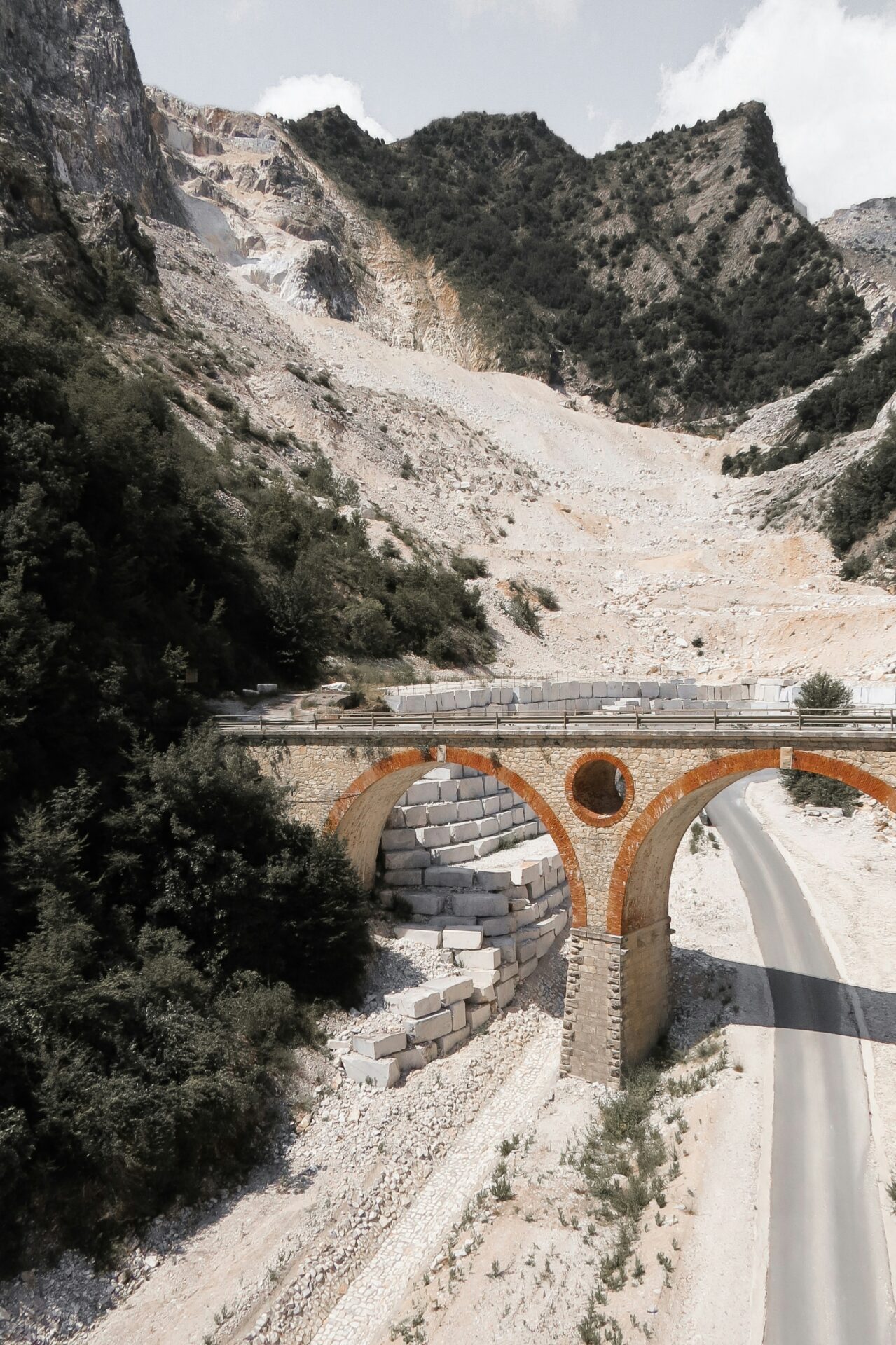
The Lustrous Legacy of Carrara Marble
Carrara marble stands as one of Italy’s most treasured natural resources, with a rich history that spans over two millennia. Its pristine white surface has captivated artists and architects throughout the ages.
Historical Significance
I was amazed to learn that Carrara marble has been used since Roman times. The ancient Romans extracted this stone for their most important buildings. The Pantheon and Trajan’s Column in Rome both showcase this magnificent material.
During the Renaissance, this marble reached new heights of fame. Michelangelo personally visited the quarries to select perfect blocks for his masterpieces. He chose Carrara marble for his David and Pietà sculptures.
The 19th century brought industrial advances to the quarries. More workers came to the region as extraction methods improved. Leonardo da Vinci even designed a special marble-cutting machine for these quarries!
Today, Carrara marble continues to be highly sought after for luxury buildings and art worldwide.
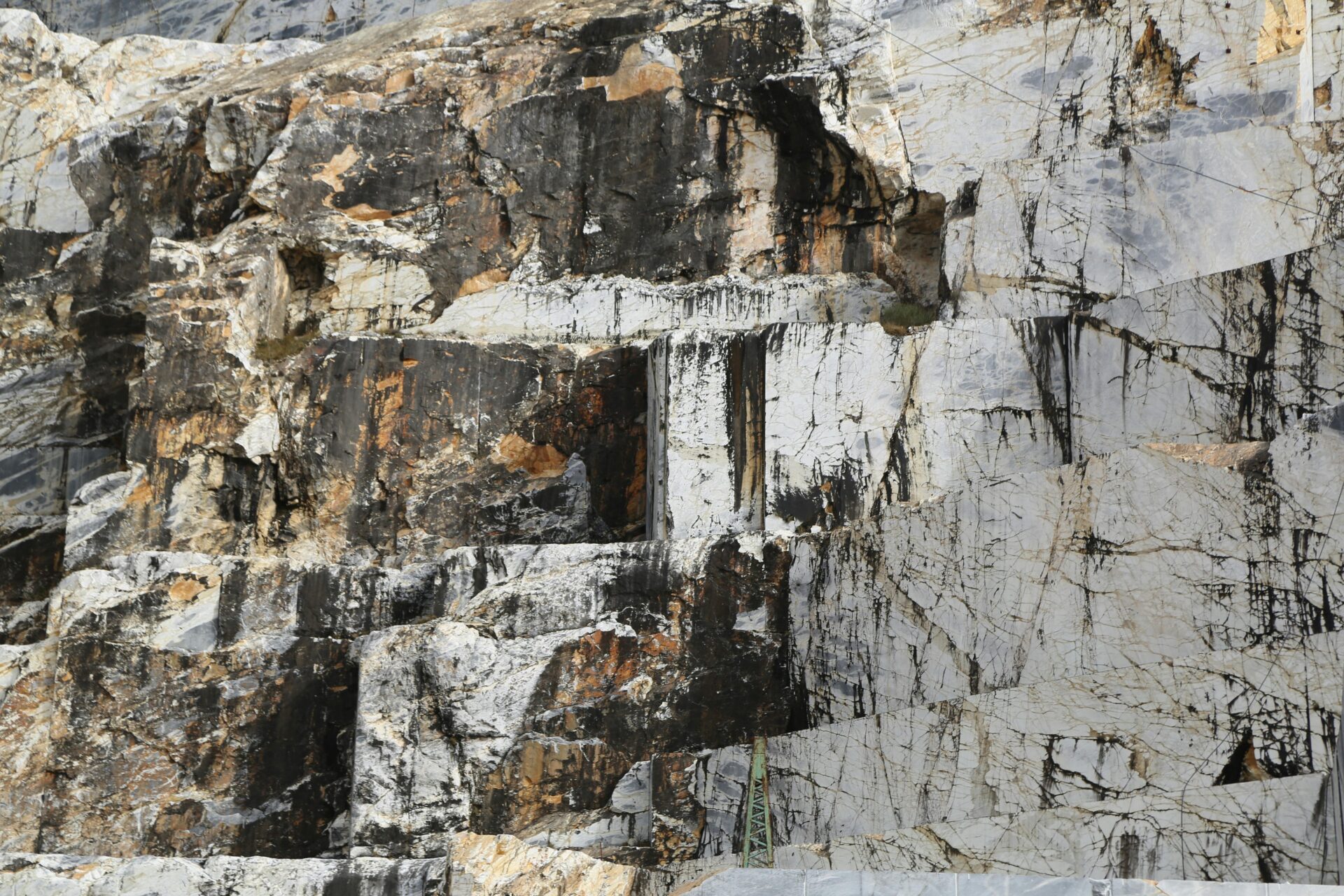
Visual and Physical Characteristics
The first time I saw Carrara marble up close, I was struck by its distinctive appearance. Its color ranges from pure white to light gray with subtle veining. This unique pattern forms naturally as minerals seep into the limestone during metamorphosis.
What makes this stone special is its crystalline structure. The marble feels cool to touch and has a slight translucency that creates a luminous quality when light hits it.
The quarries themselves are breathtaking. Located high in the Apuan Alps overlooking the Tyrrhenian Sea, they create an otherworldly landscape. Massive white blocks contrast against the mountain setting.
The stone maintains excellent durability while still being workable for sculptors. Its fine grain allows for intricate carving details that other stones cannot achieve.

Journey Into the Quarries
Visiting Carrara’s marble quarries offers a fascinating glimpse into the world where art and industry meet. The journey up winding roads to heights of up to 1,000 meters above sea level reveals a landscape transformed by centuries of human effort.
The Marble Extraction Process
I stood in awe watching workers extract massive blocks of pristine Carrara marble. The process begins with careful surveying of the mountain to identify the best marble veins. Teams then mark cutting lines on the stone face, creating a map for extraction.
The quarrymen use diamond wire cutting as their primary method, a technique introduced in the 1970s that revolutionized the industry. This replaced older methods that were slower and more labor-intensive.
What surprised me most was the precision involved. Each cut must be perfect to preserve the marble’s value and integrity. Once freed from the mountain, blocks weighing several tons are carefully moved using specialized machinery.
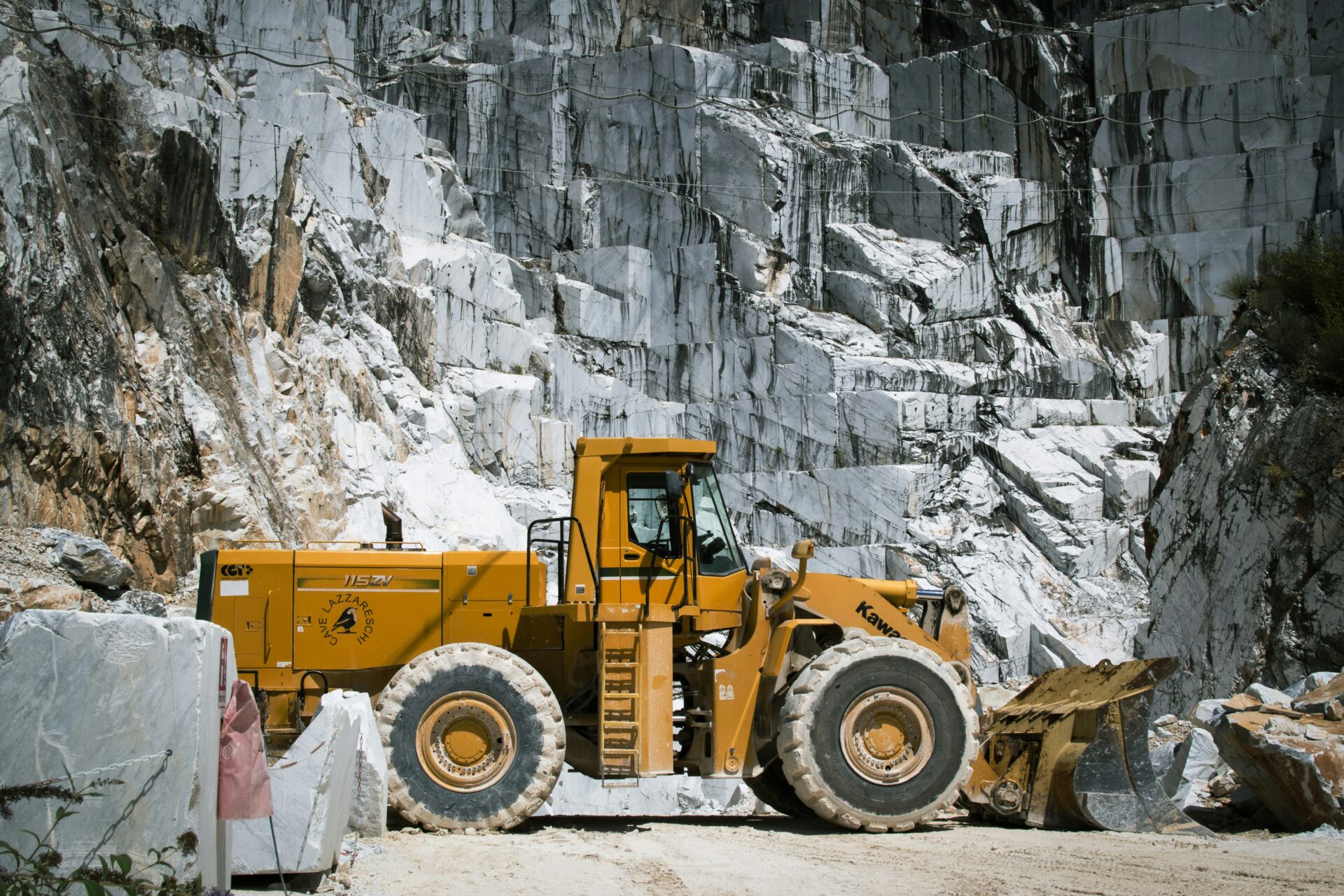
Tools and Techniques Used
The tools used in marble quarrying have evolved dramatically over time. Modern extraction relies heavily on:
- Diamond wire saws: Steel cables embedded with diamond bits that cut through marble like a cheese wire
- Water jets: High-pressure systems that cool the wires and prevent dust
- Heavy machinery: Including excavators and specialized quarry equipment
My guide explained that before these technologies, quarrymen used more primitive methods involving wedges, hammers, and even gunpowder. These older techniques left their mark on the quarries as well, visible in the step-like formations carved into the mountainsides.
Digital technology now aids in planning cuts and analyzing the stone quality. I watched as workers used specialized inks to mark cutting lines before the powerful equipment began its work.
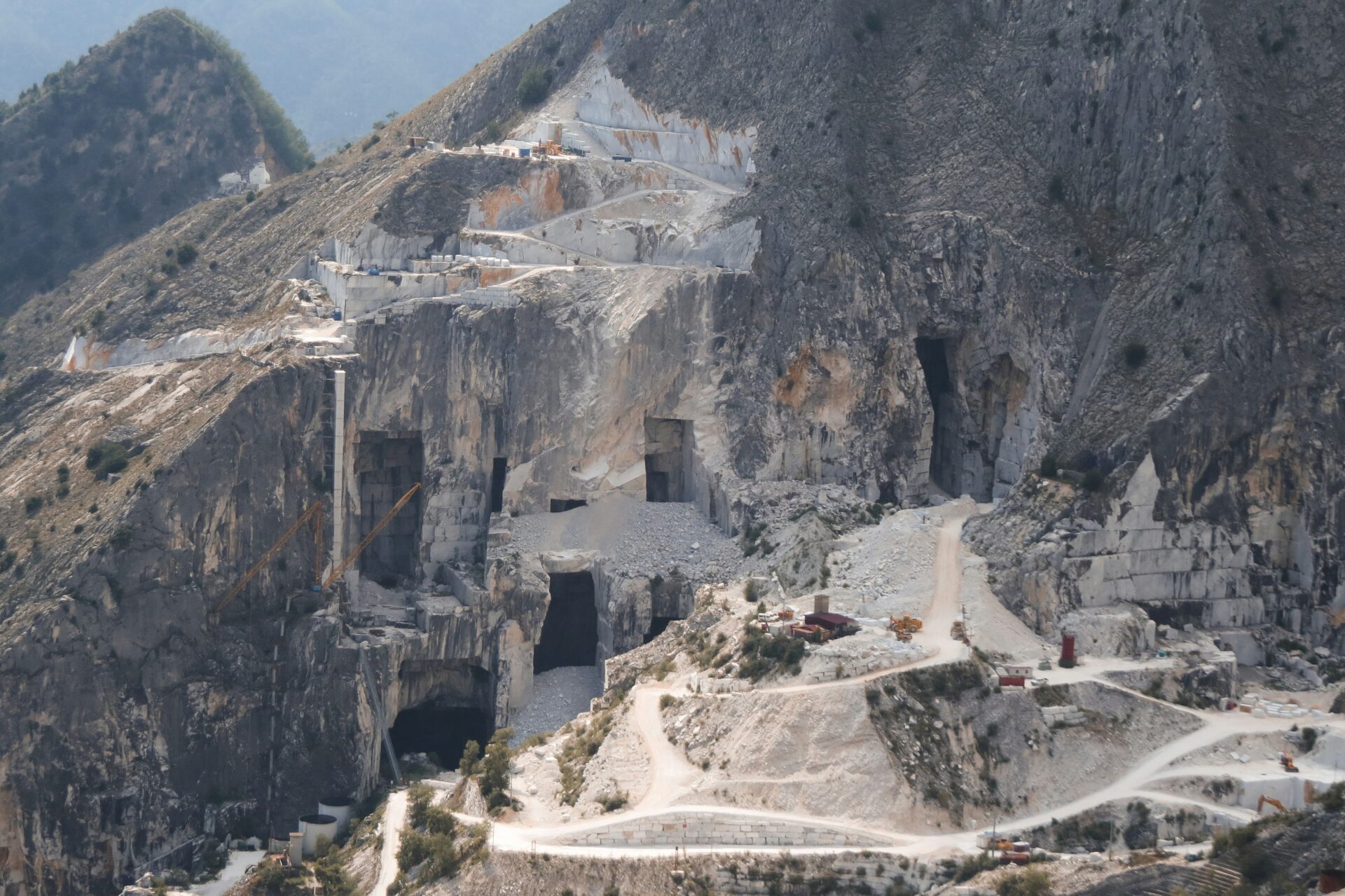
Sustainability and Environment
Carrara’s marble extraction industry faces significant challenges balancing economic benefits with environmental concerns. The famous white stone comes at a cost that extends beyond its market price, affecting both the landscape and local ecosystems.
Modern Sustainable Practices
I noticed during my visit to Carrara that some quarries are implementing more sustainable extraction methods. Diamond wire sawing, introduced in the late 1970s, revolutionized marble extraction by reducing waste and improving precision. This technology has become standard practice in modern quarries I toured.
Several companies now recycle marble dust and fragments into construction materials instead of discarding them. I was impressed to see how some operations collect and filter water used in cutting processes, creating closed systems that minimize pollution.
Local regulations have also tightened in recent years. Quarry operators explained to me how they must now submit detailed environmental impact assessments and restoration plans before receiving extraction permits.

Assessing the Environmental Impact
Walking through the Apuan Alps, I couldn’t ignore the visible scars left by centuries of quarrying. Over 650 extraction sites have significantly altered the mountain landscape, creating what locals call “white mountains” visible from miles away.
Surface extraction disrupts native plant and animal habitats. The quarry manager I interviewed acknowledged how runoff from marble dust affects water quality in streams and rivers flowing through the region.
The disposal of fine marble sludge presents a particular challenge. This waste product can contaminate soil and waterways if not properly managed. I observed how some quarries now use settlement ponds to collect this sludge for proper disposal or recycling.
Transportation adds another environmental burden. Heavy trucks carrying massive marble blocks navigate narrow mountain roads, creating noise, dust, and air pollution in previously pristine areas.
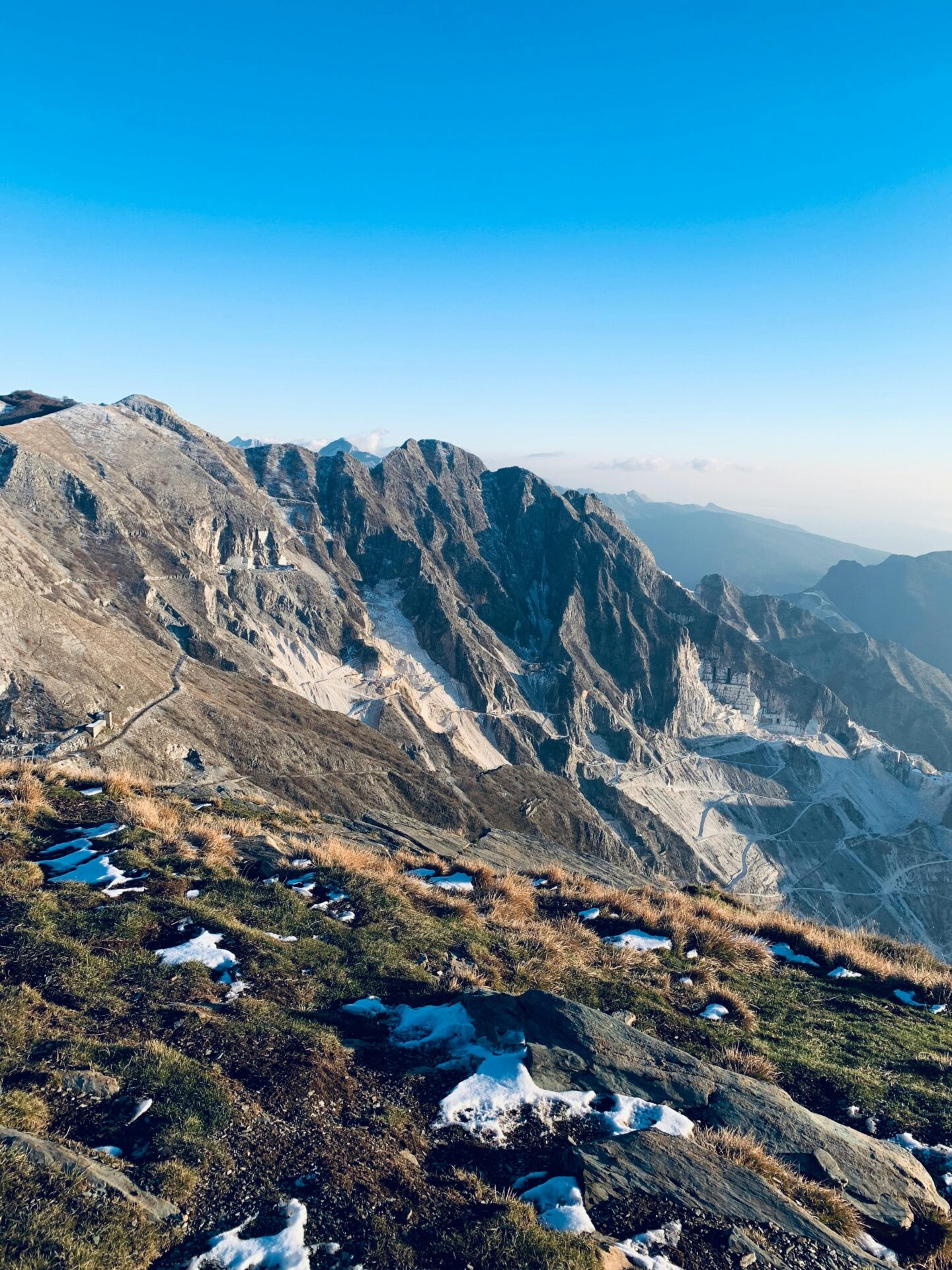
Artistry in Marble
The white marble of Carrara transforms from raw stone into breathtaking works of art through skilled hands and creative vision. This pristine material has shaped our artistic heritage for centuries, becoming the medium of choice for history’s greatest sculptors and architects.
From Quarry to Sculpture
Walking through the marble workshops near Carrara’s quarries, I’m always struck by the transformation process. Sculptors select blocks with careful attention to veining patterns and crystalline structure. Each piece must be perfect for its intended purpose.
The tradition of marble carving here dates back to Roman times. I’ve watched modern artisans use techniques passed down through generations – from rough cutting to detailed chiseling and final polishing.
Michelangelo himself traveled to these quarries to select marble for his masterpieces. His David and Pietà emerged from this very stone. Today’s sculptors continue this legacy, creating everything from traditional figures to abstract modern works.
Local artisans tell me the marble speaks to them. They follow its natural grain and work with its unique character. Each sculpture reveals what was always hiding within the stone.
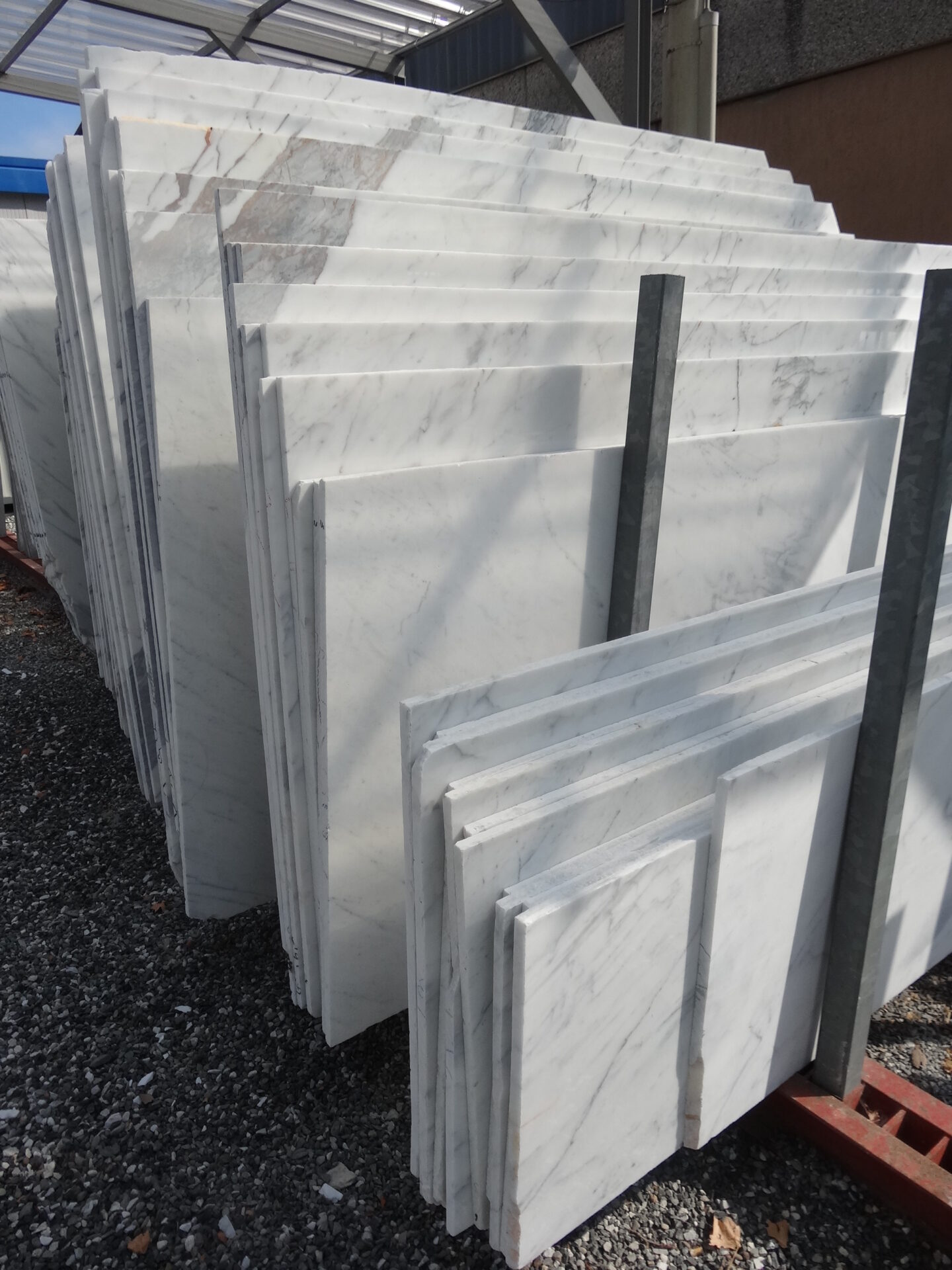
Carrara Marble in Architecture
Carrara marble’s impact on architecture is impossible to overstate. I’ve traced its use from ancient Roman temples to Renaissance palaces and modern buildings worldwide.
The Pantheon in Rome features Carrara columns, while Michelangelo used it extensively in St. Peter’s Basilica. Its pure white surface creates a sense of lightness despite its massive weight.
When I visit grand European buildings, I often spot Carrara marble in elaborate floors, staircases, and decorative elements. The material’s natural luminosity reflects light beautifully, brightening interior spaces.
Modern architects continue using this classic stone in surprising ways. I’ve seen contemporary buildings where thin marble panels are backlit to showcase the stone’s translucent qualities. Some architects combine it with glass and steel for striking contrast between ancient and modern materials.
The durability of Carrara marble means these architectural achievements will stand for centuries, just as Roman structures have endured for millennia.
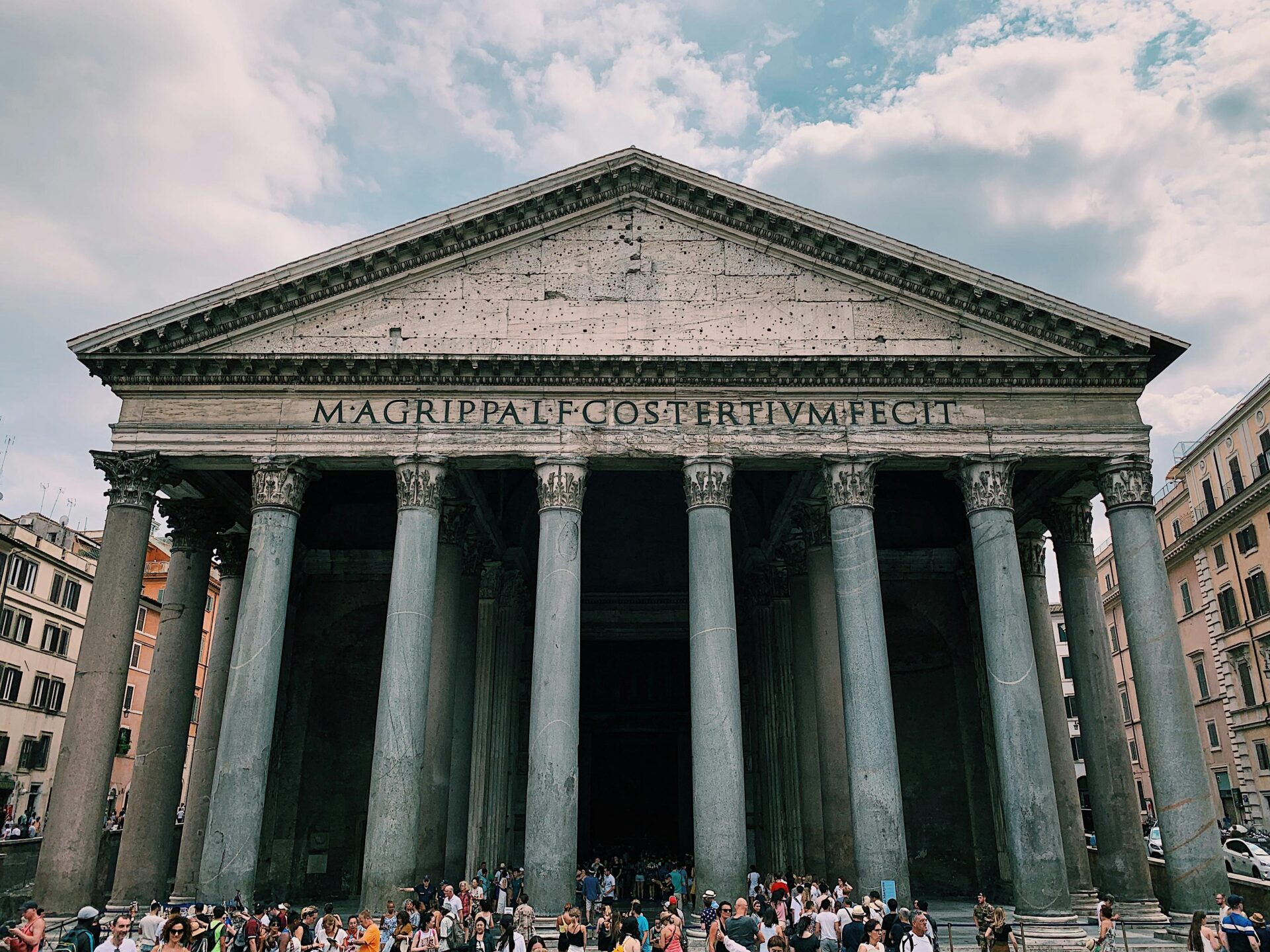
The Stone Economy
Carrara marble represents more than just a beautiful stone – it’s the economic backbone of this Tuscan region. The white gold of these mountains has shaped livelihoods for centuries, creating a complex ecosystem of extraction, craftsmanship, and global trade.
The Role of Carrara Marble in the Local Economy
Walking through Carrara, I can’t help but notice how the marble industry touches everything. Nearly every family here has some connection to the quarries. Many locals work directly in extraction, while others find employment in processing plants or artisan workshops.
The industry employs thousands in the region, from quarry workers to sculptors, transporters to office staff. When I visited the quarry office, workers explained that a single block of high-quality white marble can sell for thousands of euros.
Tourism also plays a growing role in the local economy. I watched as groups of visitors paid to tour the quarries, buy marble souvenirs, and visit workshops. This diversification has become vital as traditional extraction faces environmental scrutiny.

Global Demand and Trade
The marble I saw being cut from Carrara’s mountains travels far beyond Italy’s borders. This distinctive stone adorns luxury hotels in Dubai, art museums in New York, and private mansions worldwide.
China has become one of the largest importers of Carrara marble. They ship blocks for processing overseas. When I spoke with quarry managers, they noted that raw blocks are often more profitable than finished products. This creates tension between exporters and local artisans.
The market has evolved significantly. Once primarily used for sculpture and architecture, today I found that Carrara marble appears in everything from kitchen countertops to smartphone cases. This broadened appeal has kept demand strong despite competition from lower-priced alternatives.
Supply challenges are evident too. During my visit, I learned that the most prized white varieties are becoming increasingly scarce. This drives prices higher and pushes extraction into new areas.

